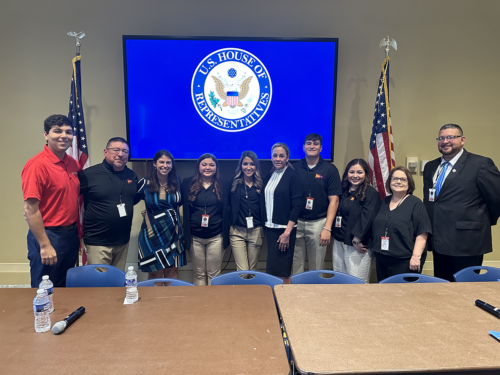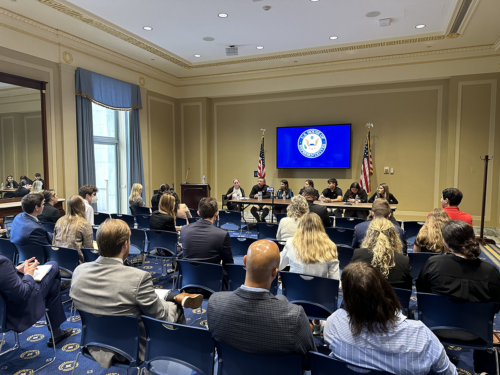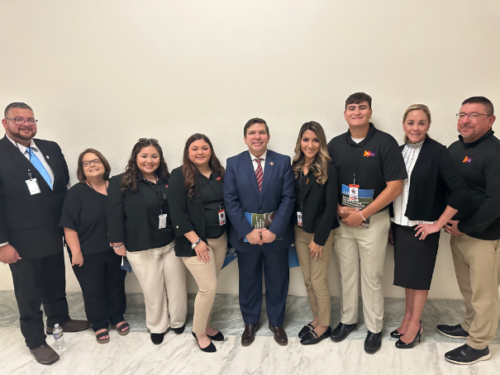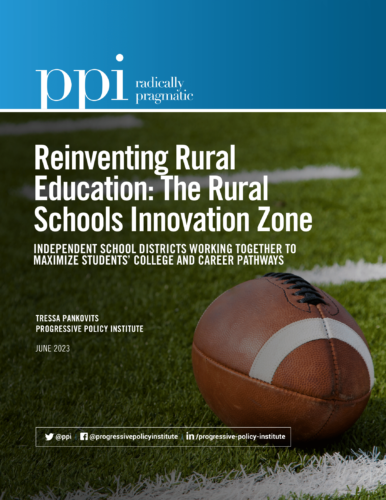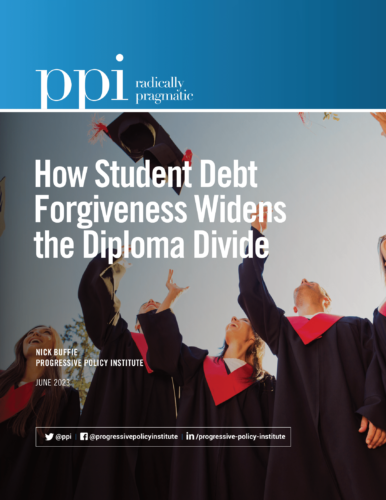“Don’t let the term ‘charter school’ fool you.” My words rang out through Atlanta’s Hyatt Regency at the 2023 UNCF UNITE Summit to a room of students, alumni, and senior officials from Historically Black Colleges & Universities (HBCU).
The summit gave me the platform to discuss the historical connections between the HBCUs and public education on our “Ever Rising: The Renaissance of HBCUs and K-12 Education” panel. The panel also was an opportunity to highlight the potential impact a revival of the connections between HBCUs and K-12 schools could have on dramatically improving educational opportunities for African-American families and students.
The debate over the expansion of public charter schools has divided African-Americans along the lines of those HBCU alumni who’ve attended, served, founded, voted for, or donated to a public charter schools and those African-Americans who characterize public charters as “selective,” “non-public,” and a financial strain on public schools.
UNCF UNITE is the nation’s premier annual gathering for accelerating strategies for African-American higher education and support for the institutional transformation of African-American colleges and universities. UNITE is founded by the United Negro College Fund (UNCF).
The annual gathering is organized by UNCF’s Institute for Capacity Building, whose mission is to partner with Historically Black Colleges & Universities and Predominately Black Institutions to help propel student success, community impact, and the advancement of educational equity and racial justice.
HBCUs punch above their weight. While HBCUs educate only 10% of African-American college students, they produce 50% of African-American Teachers, 85% of African-American Doctors, 80% of African-American Federal Judges, 75% of African-American Veterinarians, and 75% of African-American Military Officers.
The panel created an opportunity to discuss the role HBCUs played in producing an army of educators during the post-Reconstruction era, but also the connection HBCUs had with local K-12 schools. Over 5,000 Rosenwald schools were funded by the Rosenwald Fund, local African-American residents, and local tax dollars during this era. Rosenwald schools were African-American run and located in close proximity to HBCUs, establishing a pipeline of African-American students into HBCUs starving for a pool of capable applicants.
The panel also gave me the opportunity to participant in a rhetorical exercise highlighting how the opposition to public charters has less to do with the actual tenets of model and more to do with the false narratives about school choice. “Do you support autonomy for school leaders to make the best decisions for schools? Do you agree schools should be accountable for results and penalized if they don’t meet expectations? Do you agree parents should have choice in the schools that meet their kids’ needs? If you answered yes to these questions, you support charters…you just don’t like the term.”
HBCUs could and should play a greater role in starting, funding, and holding K-12 school accountable for performance. The most feasible way for HBCUs to improve outcomes for African-American students is to become authorizers for public charter schools.
The panel highlighted the controversy surrounding charter schools and the reluctant adoption by African-American politicians. I made the point that the term “charter” has distracted from the discussion on the importance of the key tenets of charter schools, notably accountability, accountability, and choice that most African-Americans support.
The panel was sponsored by the National Charter Collaborative (NCC) and included:
- Karega Rausch, National Association of Charter School Authorizers
- Nina Gilbert, Morehouse College Center for Excellence in Education
- Sharif El-Mekki, Center for Black Educator Development
- Naomi Shelton, NCC
NCC supports single-site charter school leaders of color whose schools reflect the hopes and dreams of their students and cultural fabric of their communities.
NCC believes charter school leaders of color are a critical, yet overlooked, collective representing an estimated one-fourth of charter schools impacting over 335,000 students across the U.S.
UNITE 2023 included pre-conferences, plenaries and breakout sessions focused on institutional transformation, executive leadership, enrollment management, STEM initiatives, mental health, climate action, community empowerment, federal programming, industry collaboration, fundraising and advancement, K-12 partnerships, and career pathways.
To learn more, go to UNITE 2023 and 2022 on our YouTube channel.
Curtis Valentine is the Co-Director of the Reinventing America’s Schools Project at the Progressive Policy Institute.





